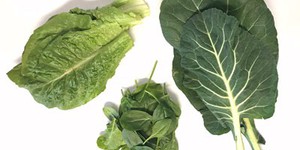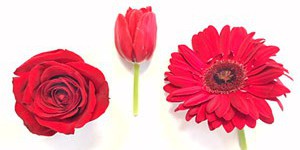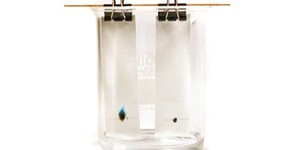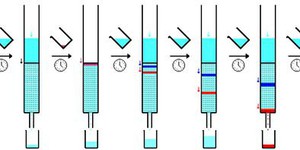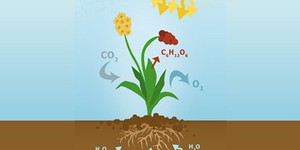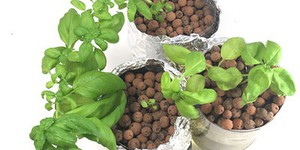Others Like “What Color Are the Leaves Really Turning?” (top 20 results)
|
Do you like to analyze stuff and finding out what it is made of? An analytical chemistry method, called chromatography, allows you to separate mixtures of compounds and to identify each individual compound within the mixture. Chromatography is used by many scientists, for example food scientists, forensic scientists, or organic scientists to analyze all kinds of mixtures such as food, blood, or medicine. In this project, you will be using paper chromatography to analyze the pigments from…
Read more
Are all reds the same? Find out in this science fair project! Investigate if the pigments in one type of red flower are different from those in another type of red flower. Flowers contain an assortment of amazing chemicals that produce color. In this plant biology project, you will analyze the colored pigments in different plants' red flower petals using paper chromatography, and compare the pigments in the different flowers.
Read more
Chlorophyll is a natural pigment found in green plants. It is the primary pigment that absorbs light energy from the sun for photosynthesis. This energy is then used by the plant to synthesize glucose from carbon dioxide and water. Chlorophyll in the leaves of plants can be extracted and separated using chromatography. A good source of chlorophyll for an extraction is a dark green leafy vegetable like spinach. Rub a fresh spinach leaf on the bottom of a strip of filter paper. You can get a…
Read more
Have you ever looked at sunlight through a prism? If so, you know that the prism can separate the sunlight into many different colors of light — a rainbow. Like sunlight, chemical mixtures can also be broken into their component parts. One way of doing this is a simple technique called paper chromatography. What do you think you will see if you use paper chromatography to look at the components of black ink? Is black ink just black? Find out for yourself!
Read more
Quick, what is your favorite color of M&Ms® candy? Do you want to know what dyes were used to make that color? Check out this science project to find out how you can do some scientific detective work to find out for yourself.
Read more
Do you ever wonder how markers are made? Where do all of those colors come from? Many of the colorful dyes we use come from plants. Could you create vibrant colored natural dyes? Could you turn these dyes into art supplies? You can! In this science project, become a scientist and engineer and make your own marker using homemade plant dye!
Read more
Did you know that mixtures can be unmixed? Chromatography is an analytical technique in chemistry to separate mixtures and identify each of its individual compounds. In this project, you will separate ink dyes found in different markers using a strip of paper, chalk and different liquids. By comparing different chromatography substrates and solvents, you will learn how different attractive forces between substances can affect the separation of a mixture into its individual components.
Read more
What color is grape soda? If you pour it into a clear glass you can easily see it is purple, but that is usually not its natural color. Manufacturers add red and blue dye to the soda. The dyes mix together and you get purple soda. What if you wanted to un-mix the dyes, could you? Yes! In a chemistry laboratory, using a technique called column chromatography, you could separate the two dyes again. But what about at home, can you use low-tech supplies to do the same thing? In this science…
Read more
Have you ever seen a (non-carnivorous) plant eat? Probably not! Plants do not get the energy they need from food, but from the sunlight! In a process called photosynthesis, plants convert light energy, water, and carbon dioxide into oxygen and sugar. They can then use the sugar as an energy source to fuel their growth. Scientists have found an easy way to measure the rate of photosynthesis in plants. The procedure is called the floating leaf disk assay. In this plant biology project, you can…
Read more
What do plants need to grow? Most of us would answer that they need light, air, water, and soil. But by using a process called hydroponics, you can grow plants without soil! How does it work? Try this project and see for yourself!
Read more
|
Explore Our Science Videos
Volleyball Machine: 2019 Engineering Challenge
Can You Charge Your Phone with a Potato?
How to Make a Homopolar Motor - Science Experiment


